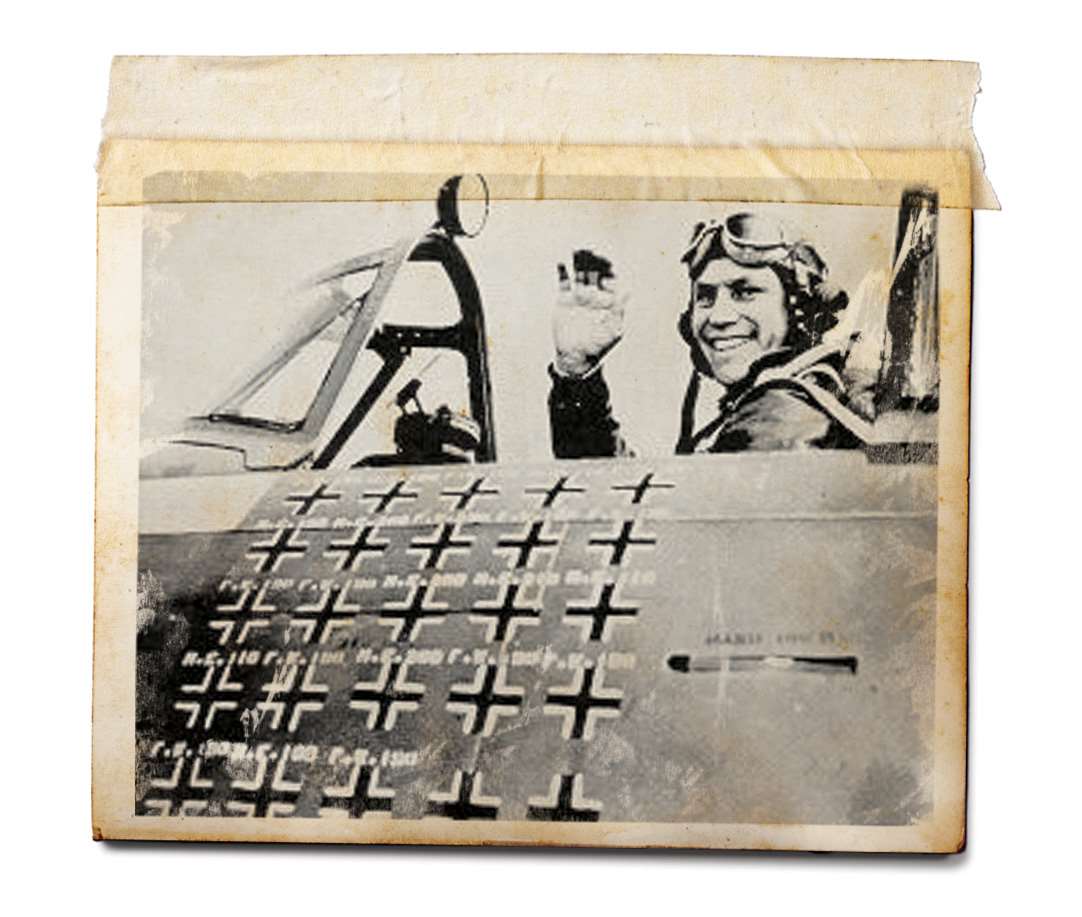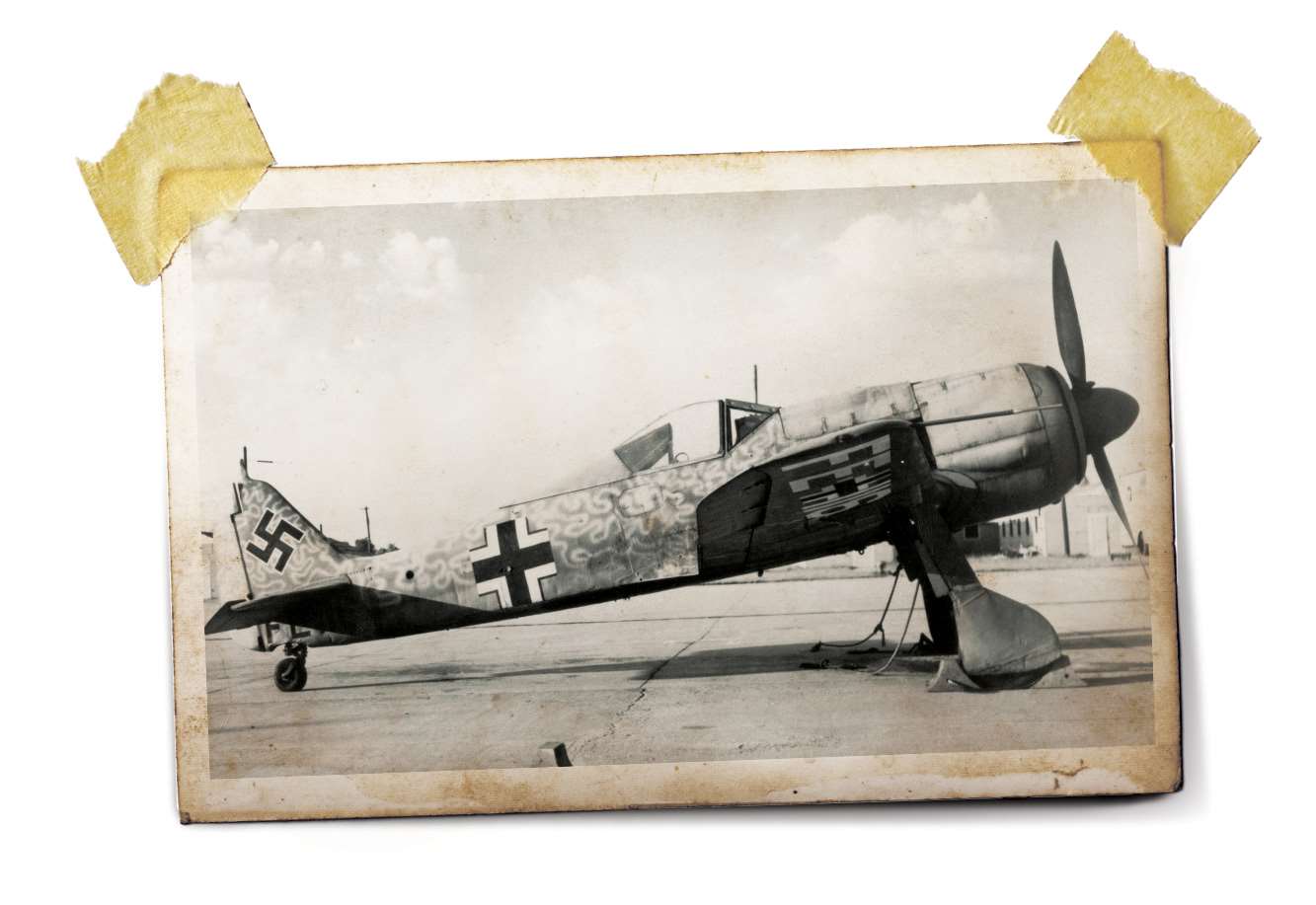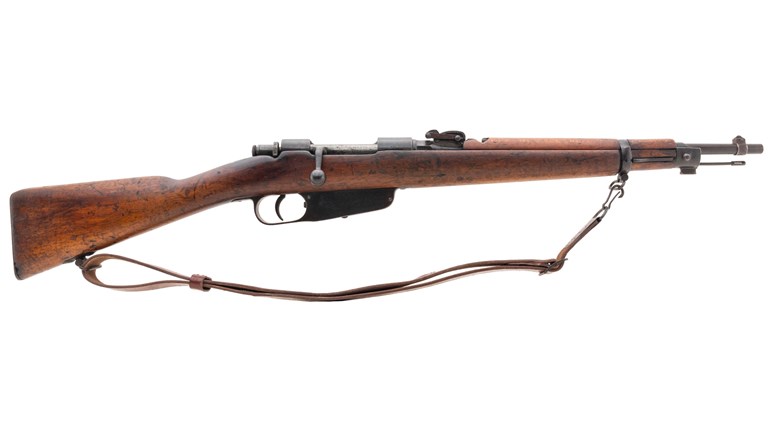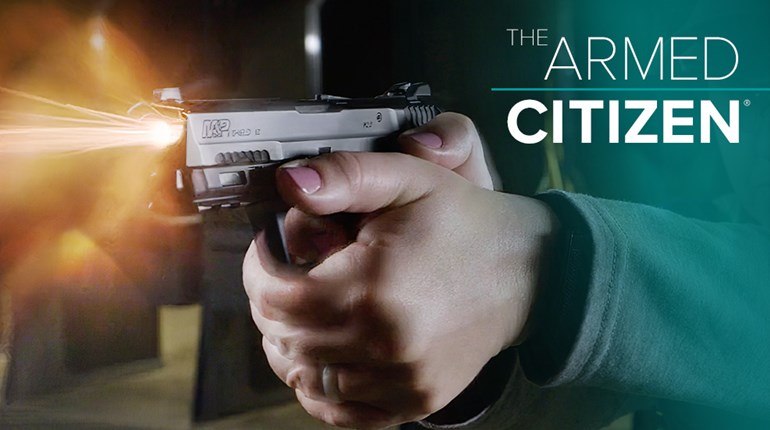
The ranks of “aces”—those aerial combatants with five or more victories over opposing antagonists—have never been large, and many factors contrive to keep this so. Perhaps foremost is the combination of ability and opportunity. The first must be superb in the extreme, as neither shooting skill nor flying virtuosity seem to guarantee success, but rather an elusive combination of vision, three-dimensional awareness and a willingness to press the fight, often against long odds and superior equipment. The second is more a matter of chance: A few weeks or even days on the calendar seem to frame the unpredictable windows for success in such swirling combat. Captain Eddie Rickenbacker’s World War I six-month tally of 26—remarkable by any measure—was nevertheless equaled by eventual NRA President Joe Foss in only 94 hellish days on Guadalcanal in World War II.
Even the counting process for aces is fraught with difficulty: The highest scoring U.S. ace in the Vietnam War was USAF Capt. Charles DeBellevue (later a pilot, and eventually Colonel), but his “ace” status was achieved as a Weapons Systems Officer where he set the electronic stage for four of Capt. Steve Ritchie’s victories, and two of Capt. John Madden’s over a four-month period in 1972. (Capt. Jeffrey S. Feinstein would also become an ace in the backseat of an F-4, with five victories.)
This week marks the birth of another such exceptional airman and American in 1920. A native of Lawton, Okla., Robert S. Johnson would be the first American fighter pilot to exceed Rickenbacker’s air-to-air victory totals in the European theater of operations. As if this weren’t achievement enough, he would accomplish it flying and fighting against Jagdgeschwader 26, the Luftwaffe’s famed “Abbeville Boys,” and Jagdgeschwader 2, named for (Baron Manfred von) “Richthofen” and Germany’s leading World War I ace. Though Allied aircraft typically outnumbered them, German equipment—particularly the Messerschmitt Bf-109 and Focke-Wulf 190—was superb, and these units had dozens of aces (many with over 100 victories) and with combat flying experience dating back to the Spanish Civil War.
When they arrived in England in January 1943, Johnson and his fellow pilots faced, quite simply, the best of the best in the world at that time. But despite long stateside preparation and the outstanding leadership of Col. “Hub” Zemke, the 56th Fighter Group would not fly in combat until April, and lost two aircraft on the first mission. Six weeks elapsed before an aerial victory came their way, with Capt. Walter Cook downing a FW-190.
Johnson had a victory of his own by the time June 26 rolled around, and it was very nearly his only one. Part of a flight of 48 P-47s that had crossed the English Channel to escort B-17 “Flying Fortress” bombers, the 56th aircraft were “bounced” by JG-2. The Ramrod mission put then-Lt. Johnson on the short end of one of the most famous of all World War II fighter-on-fighter exploits.

Johnson’s aircraft was immediately hit by 20mm cannon fire that pierced the canopy and started an engine fire. Despite the fabled toughness of the Republic design—which Johnson’s adventure would shortly and rightly reinforce—his attempt to bail out of the faltering aircraft was foiled by damage too extensive to permit him to open the canopy.
His attempts to regain control of the aircraft revealed it was still maneuverable, and his engine fire was unaccountably (and all but miraculously) out. A turn to the south and Spain was the recommended course of action to crash land and evade, but with oil and hydraulic fluid breaching his damaged windscreen, he decided to try for closer England.
At this point, multiple ace and German Major Egon Meyer of JG-2 found the lone, battered Thunderbolt. True to Luftwaffe doctrine, Meyer closed in to finish off the crippled straggler, and Johnson had no choice but to hunker down behind the armor plate of the P-47 seat. He slowed his aircraft to just above a stall, and slewed it left to right and back again in order to be a more difficult target. He even fired his own guns as Meyer streaked past, though his compromised eyesight and damaged controls allowed the German to maneuver away undamaged.
Meyer made two more passes, raking the big Republic fighter with extremely accurate fire from the FW’s nose-mounted pair of 7.92mm machineguns, though fortunately for Johnson he had expended his 20mm cannon ammunition attacking B-17s earlier in the mission. Johnson remembers that Meyer pulled along side him after the third pass, and with a waggle of wings in salute, turned back to JG-2’s base in occupied France with empty guns, and no additional tally. (Meyer’s total was likely in the 40s when he attacked Johnson, and he would be the first German ace to reach 100 victories entirely on the Western Front. Ironically, he would perish under the guns of another P-47 in March 1944.)
Upon reaching the English coast and to Johnson’s astonishment, his landing gear would lower and lock, allowing him to land at the 56th’s Manston base. He was burned and wounded by shrapnel, but inspection of his aircraft was grim and heartening all at once: Despite more than 20 20mm cannon holes and more than 200 machinegun bullet hits, his P-47C had gotten him home.
Johnson fought through the summer of 1943 and added to his tally slowly—scheduling seemed to have him on the ground when the 56th encountered heavy opposition. That changed over three days in October, when he downed three German fighters, the last making him an ace. (Fifty years would go by before he discovered that fifth victory was over 206-kill ace Oberstleutnant [Lt. Col.] Hans Phillip.) Between Dec. 22, 1943, and Jan. 5, 1944, he would have a similar run, shooting down five more German fighters for the squadron’s only victories.
The Allies were rapidly gaining mastery of the air over the continent by the spring of 1944. The tempo of bombing missions stayed high in preparation for an invasion of the continent, though the timing of the assault was a closely guarded secret. For the 56th, this meant more Ramrods to escort heavy bombers, and these missions were becoming the only times German fighters would come up to fight.
1st Lt. Johnson continued to run up his tally just the same, with eight victories in February and March, and—promoted to Captain—was the European theater’s leading ace at the time.

As a new Major, he recorded his last two victories on May 8, and passed Rickenbacker’s World War I total. He returned home to the United States as the Allies went ashore at Normandy after more than 225 combat hours and 89 missions. He toured the country speaking on behalf of the Army Air Corps, and left the service in 1946 to work for Republic. After a 17-year engineering career, he became an insurance executive. Until his death in 1998, he remained a sought-after speaker and lecturer on military aviation.
Johnson’s 1958 book with Martin Caidin, Thunderbolt! remains a fine read, and contains an interesting postscript for A1F readers. In it, Johnson explicitly notes how his shooting and hunting experience as a youngster helped him in his wartime service.
Lt. Col. Johnson’s story should serve as a reminder that some skills are both timeless and essential, however indirect their application may seem at present.
Frank Winn has been studying arms and their relationship to tyranny, meaningful liberty and personal security all his adult life. He has also been a competitive shooter and firearms safety/shooting instructor for more than 20 years, though he won’t admit how many more than 20.


































